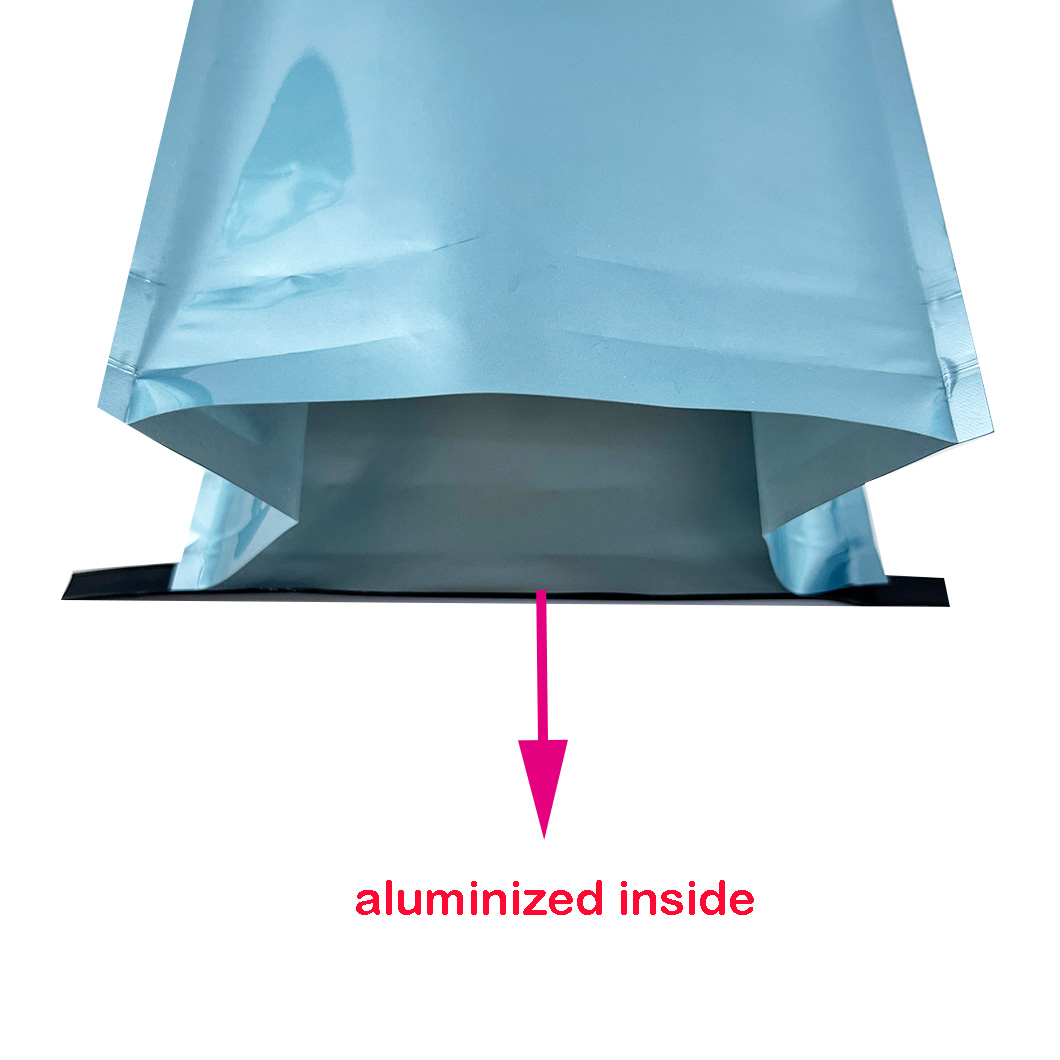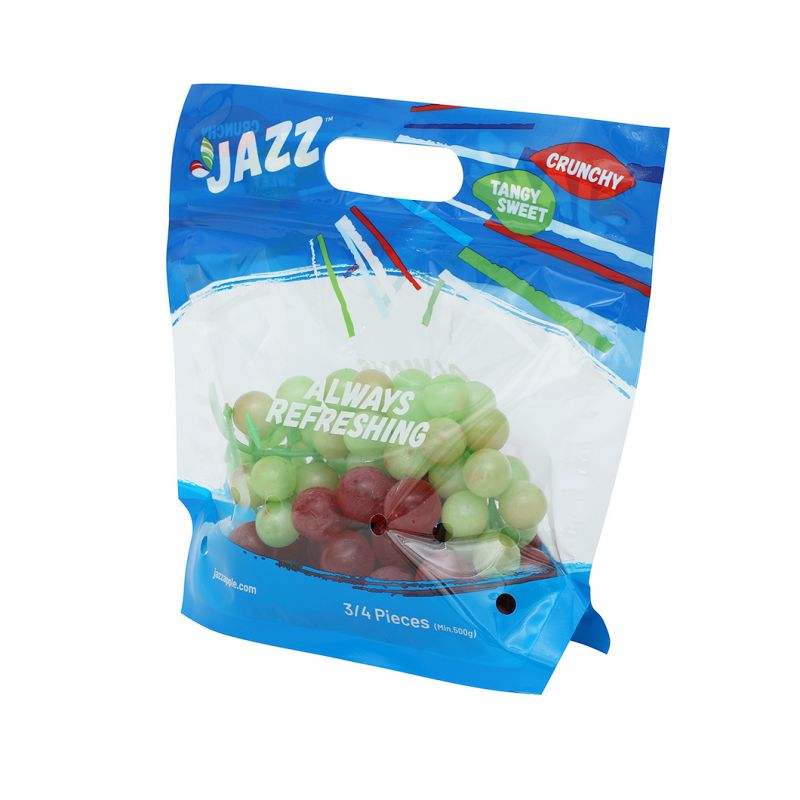Flour is one of the pantry staples that most people assume will just last forever. And while it's technically non-perishable, flour can begin to go bad when it's exposed to sunlight, oxygen, and moisture. I'm certainly guilty of buying flour in one of those three-pound bags and slowly using it over the course of a few years, but the truth is, there are so many efficient ways to store flour to ensure it maintains its freshness. So how long will flour last if you keep it in its original paper bag? Believe it or not, it will go bad within three months, which really isn't long at all (especially if you don't cook or bake with flour often). However, there are ways to store flour that will significantly increase its shelf life, meaning you'll get more bang for your buck.
You know how it's become super trendy to store your dry ingredients in airtight food storage containers? Well, not only will your pantry look clean and organized, but if you use those containers, you'll also help prolong the shelf life of many of your ingredients, including flour. Storing flour in airtight plasticware or a glass mason jar will keep it fresh for up to 10 months and keep pests like flour bugs at bay. If you have the tools to vacuum seal your flour, it can last for up to two years. Spout Pouch Suppliers

Although there are many different types of flour available to buy, keep in mind that specialty flours (such as whole wheat flour, almond flour, and others) tend to expire faster than big-brand all-purpose flours.
Most varieties of flour will last for up to a year in the refrigerator if stored properly. It's a good idea to use an airtight container and label it with the date you originally stored it, so you can keep track. You'll also want to make sure to store your flour in the fridge away from any items that could give off moisture, as the moisture can affect the quality of the flour and cause it to clump.
If you buy flour in bulk or just don't use flour very often, storing it in the freezer is the most sensible option. Frozen flour has an indefinite shelf life if it's stored in a container with oxygen absorbers. A vacuum-sealing system or Mylar bags are the best for removing as much air as possible and preserving freshness. When taking the flour out of your freezer, allow it to come to room temperature before removing it from the container. This will prevent the flour from being exposed to moisture and becoming damp, which can cause it to clump and go bad.
Yes, flour can go bad. Thankfully, it's obvious when it's time to throw your flour stash in the trash. The easiest way to tell if flour is spoiled is by smelling it. If your flour has a stale, sour, or musty odor, it's time to toss it. Another tell-tale sign is if your flour has moldy chunks or takes on a different color. If that's the case, it's time to buy a new bag.

Food Pouch Manufacturers Read Next: The 3 Major Mistakes You're Making When Buying and Storing Nuts